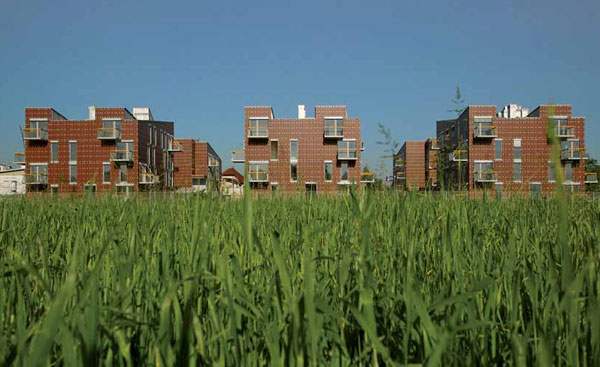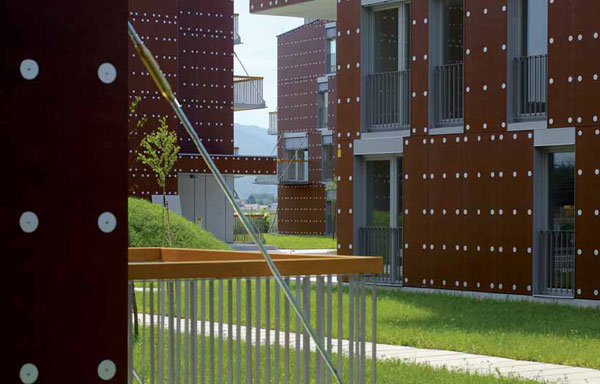Housing in Postsozialism: 1997 to 2005
Housing models in postsocialist countries are reflecting the condition of society in transition. Previously socialist states were projecting ideals of universal humanity onto spatial organization, following the most progressive concepts of modern architecture and urban planning. Social and cultural values—such as equality, solidarity, and unity—were represented by homogeneous housing structures composed of standardized dwelling units. These housing monoliths were usually standing in groups made of two types of blocks, lower or higher, in the vicinity of open fields, close to nature on the peripheries of cities. High ideals of universal humanity were, unfortunately, realized with undeveloped building technology under senseless administrative control that was reducing modern housing concepts to the massive reproduction of uniformed building elements. Made by the state for the good of the people, modern housing architecture, misunderstood by builders and unloved by dwellers, was declared notorious.
Transition from socialism to capitalism as defined by neoliberal tendencies toward privatization, market growth, and profit increase has effected massive changes in social and cultural values in postsocialist countries. Using the void created between the collapsed central system and corrupted transitional institutions, a new standard of singularity has been proclaimed in place of the ideal of collectivity. This singularity is reducing the complexity of social relations to a continual competition taking place in the virtual territory of the open market. Human issues are recognized only when they appear as affective reactions to commercial campaigns that are trying to attract and seduce as many customers as possible. Orientation toward ultimate personal success is considered sufficient reasoning for the exploitation of the surroundings and for the abandonment of environmental issues. New social and cultural values are represented in architecture and urban planning as an assemblage of glossy nonrelated buildings occupying the best locations in postsocialist cities, offering their citizens little more than a fake image of Western luxury that has been eagerly anticipated for decades. ...
Ivan Kucina
for entire text see catalogue
 |
| Abb. 1 Sozialer Wohnbau Polje, Ljubljana; Bevk Perovic Arhitekti; Foto: © Matevz Paternoster |
 |
| Abb. 2 Sozialer Wohnbau Polje, Ljubljana; Bevk Perovic Arhitekti; Foto: © Matevz Paternoster |

